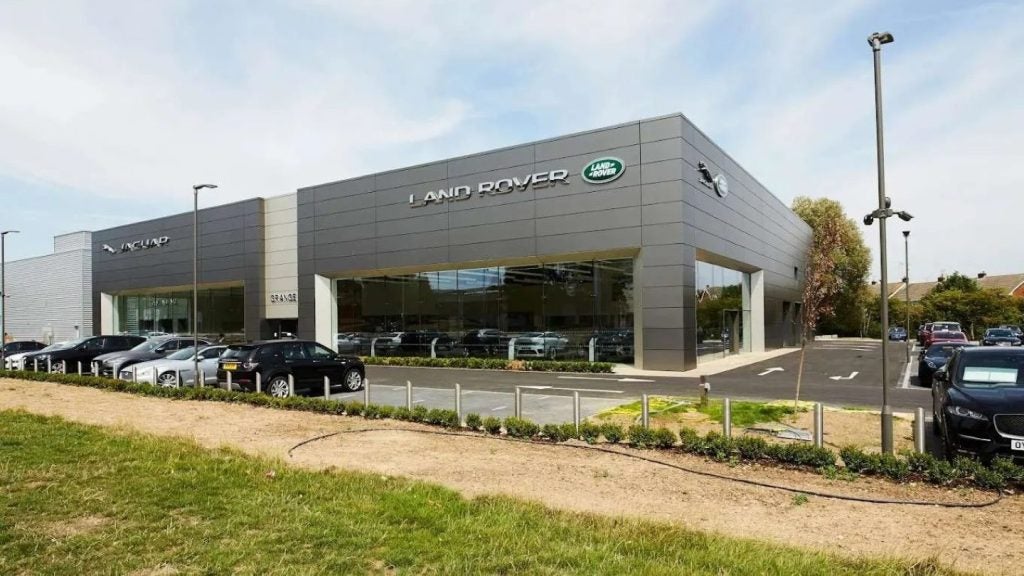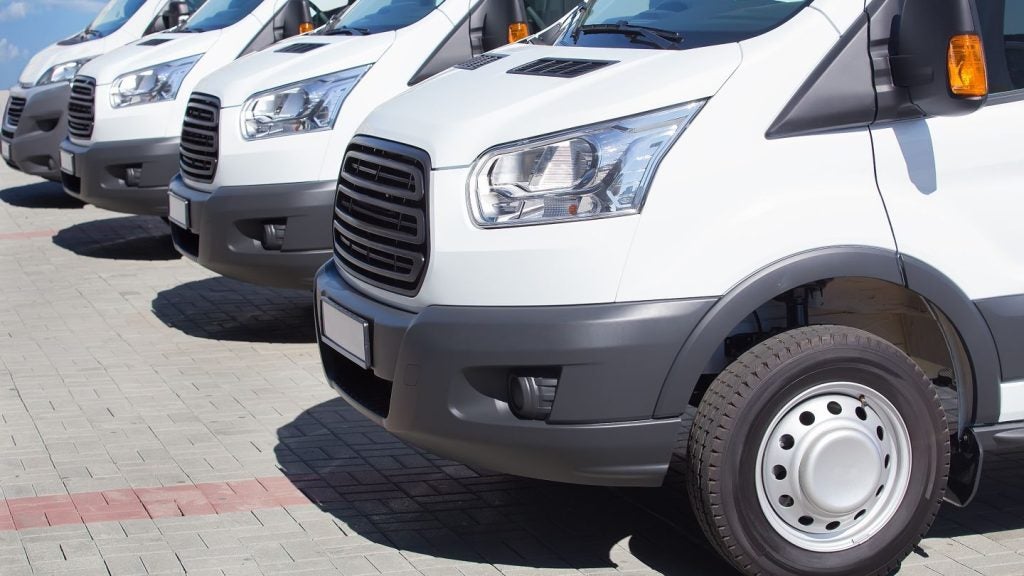
A recent report by IDTechEx forecasts substantial growth in the SDV (Software-Defined Vehicles) and AI cars market, estimating it to be worth over US$700 billion by 2034.
This projection represents approximately 20% of the global car market. The remarkable surge in value is attributed to various revenue streams, including monthly connectivity subscriptions, commission from in-vehicle payments, and one-time software upgrades.
Significant advancements in car connectivity, onboard hardware capabilities, and a noticeable shift in consumer preferences towards subscription-based models underpin the growth trajectory.
It is anticipated that between 2023 and 2034, the software-defined vehicle market will experience a compound annual growth rate (CAGR) of 34%.
Presently, a substantial portion of SDV revenue is derived from the sale of connectivity services. Auto Original Equipment Manufacturers (OEMs) collaborate with cellular providers to offer cellular internet services within vehicles. These services encompass in-vehicle navigation, over-the-air (OTA) software updates, and provision of Wi-Fi connectivity.
For instance, Tesla, a leader in the SDV market, offers ‘Premium Connectivity’ for £10 in the UK or US$10 in the US, providing features like music streaming and in-vehicle Wi-Fi.

US Tariffs are shifting - will you react or anticipate?
Don’t let policy changes catch you off guard. Stay proactive with real-time data and expert analysis.
By GlobalDataAs vehicles equipped with ‘self-driving’ capabilities become more prevalent, automakers are expected to generate significant revenue from these features. Advanced Driving Assistance Systems (ADAS), incorporating radar, camera, and sometimes LiDAR sensors, alongside onboard AI-compute and vision systems, are becoming commonplace.
Automakers can potentially monetise these features through monthly subscriptions, with IDTechEx projecting a potential 50% premium for Level 3 Autonomy over Level 2. For example, Ford currently offers its Level 2 driving technology, BlueCruise, for US$75 a month in the US and approximately €25 in Europe.
Mercedes’ collaboration with Mastercard to introduce in-vehicle payment options for services like fuel purchase exemplifies the industry’s innovative revenue streams. The integration of biometric authentication further enhances the security of these transactions.
Looking ahead, the concept of cars functioning as ‘credit cards on wheels,’ championed by entities like JPMorgan Mobility Payments, could become more commonplace, potentially reshaping the automotive landscape.
One of the most contentious features in the SDV realm is Hardware as a Service, where automakers can remotely enable or disable certain vehicle functionalities. This enables customers to unlock features post-purchase, without requiring a visit to the dealership. While some features may be offered as subscriptions, such as temporary performance upgrades, others may be permanently unlocked. BMW’s recent decision to reverse its decision to charge for heated steering wheels underscores this evolving trend.
By 2034, IDTechEx predicts that the average consumer will spend nearly US$75 per month on software-related features in addition to their standard monthly payments. This figure is influenced by a segment of customers willing to pay substantially higher amounts for premium features such as autonomous driving capabilities and real-time traffic information.
Driving the future of sound: Dirac’s VP of automotive talks tech and trends
Mercedes-Benz partners with Mastercard for in-car biometric fuel payments







